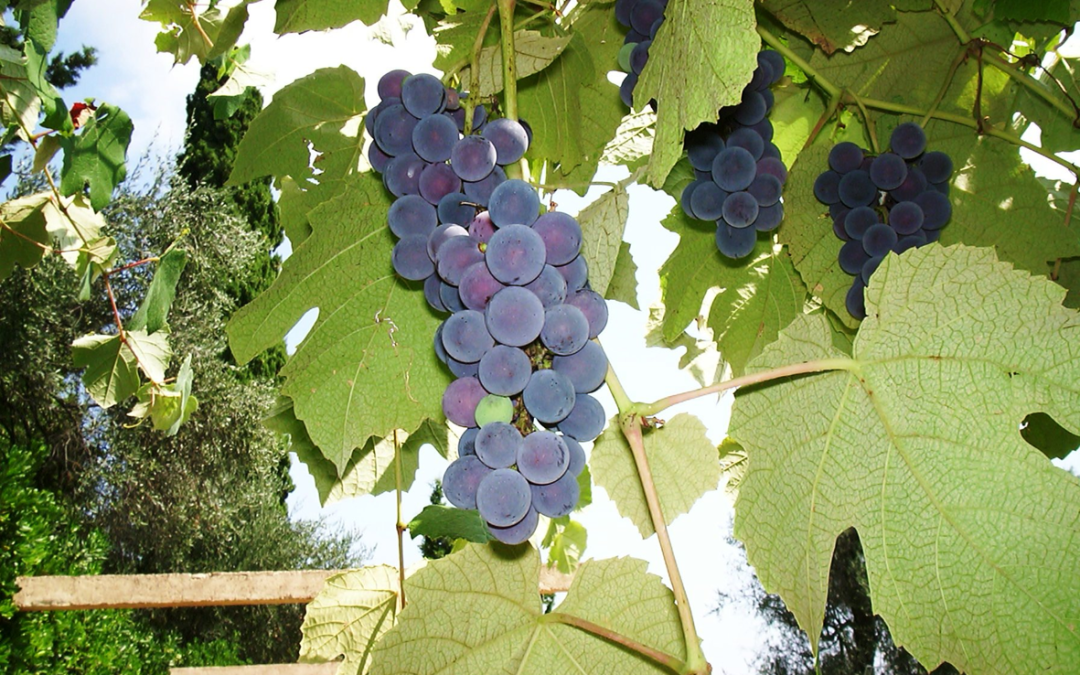
Introduction
Grape seeds (Vitis vinifera L.) are known and widely used for their high content of condensed tannins, proanthocyanidins (PAC) which are oligomers of flavan-3-ol (catechins), also called OPC (oligomers of procyanidins). These substances are responsible for the astringent character, and their biological properties are mainly linked to this characteristic (affinity with macromolecules such as proteins) by also exhibiting antioxidant activities.

Many companies have worked on different sources of PACs for extracting them in large quantities. Among these we find grape seeds, pine bark, peanut skin, cranberries, etc. Some of these sources, such as peanut skin, are waste from the food industry and fraudsters chose to use it to adulterate market samples. In this context, BotaniCert has chosen to focus on the chemical specificities of these adulterants and to monitor them by HPTLC after studies in UHPLC-UV/MS.
Analysis
By focusing specifically on PACs, other specific compounds will, sometimes, not be extracted. It is important to take this parameter into account in the analyses. A rapid analysis has been developed based on PAC types A and B.
Identification of chemotaxonomic markers by UHPLC-MS
Several species containing derivatives of flavan-3-ol (catechins) were analyzed in order to highlight differences in PAC composition. Type B PACs are very widely represented in nature unlike type A PACs which are much more rarer. The example below shows that grape seeds do not present type A PAC (within detection limits) unlike peanut seed coats which contain large quantities. Type B PACs are, for their part, present in all the species presented in the study.

Identification of adulterations by peanut seed coats by HPTLC
Thanks to the positive peanut marker identified by UHPLC-MS (which is a type A PAC), it is possible to quickly identify grape seed adulteration by adding peanut skin.Thus we can conclude on the following elements:
Sample 7: only peanut integument
Samples 10-11-16: largely adulterated
Samples 3-4-5-6-8-9-12-13-14-15: unadulterated
Positive marker of peanut shells: Procyanidin type A
30% of samples show significant adulteration

CONCLUSION
How to ensure the quality of your grape seed samples?
Check the identity of the raw material (recommendation of identification by HPTLC) as well as its quality (PAC dosage according to DMAC) by checking the absence of residual solvents.


Recent Comments